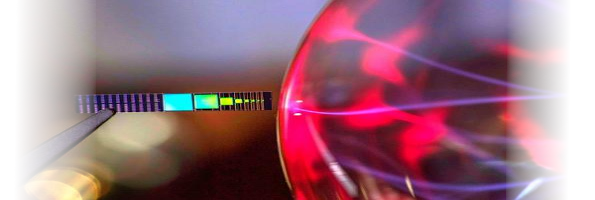“Rectenna” now that is a name to remember. Scientists are raising the prospect of phones without batteries
Scientists in the United States have made an enormous breakthrough. Allowing them to convert radio signals into power to charge phones and other devices; thus, the phones we use may not need batteries at some point.
Rectenna
Rectenna, which is the name of the device, is made from a semiconductor a few atoms thick. It captures wifi signals and transforms them into Direct Current suitable for electronic devices. According to scientists, the device is for laptops, mobile phones, medical devices and wearable technology. Rectenna has significant effects on the future of ‘Electronic Intelligence.’
What if we could develop electronic systems that we wrap around a bridge or cover an entire highway, or the walls of our office and bring electronic intelligence to everything around us? How do you provide energy for those electronics?
Professor Tomas Palacios, director of the Massachusetts Institute of Technology and Microsystems Technology Laboratories Centre for Graphene Devices and 2D Systems
We have come up with a new way to power the electronics systems of the future – by harvesting wifi energy in a way that’s easily integrated into large areas – to bring intelligence to every object around us.
Professor Tomas Palacios
The device took place in experiments conducted and published by the Journal Nature. It generated roughly 40 microwaves when exposed to wifi signals of about 150 microwatts. That’s enough generated power through wifi to light up a simple phone display.
Medical Trials
Professor Jesus Grajal was especially optimistic of its use in medical implants for patients to stream their health data. This optimism is because of the safety concerns brought about by consuming or having lithium in your batteries. Using wifi to power these chips would help in that.
For the creation of the rectenna, the scientists used a material called molybdenum disulphide, which at three atoms thick, is one of the thinnest semiconductors in the world.
All wifi antennas produce minimal amounts, e.g. the electricity from radio waves is in the form of a high-frequency AC, which the semiconductor would then convert into more usable Direct Current.
The possibilities of these technologies are endless, with improved efficiency.
Source of generating power through wifi: The Independent



